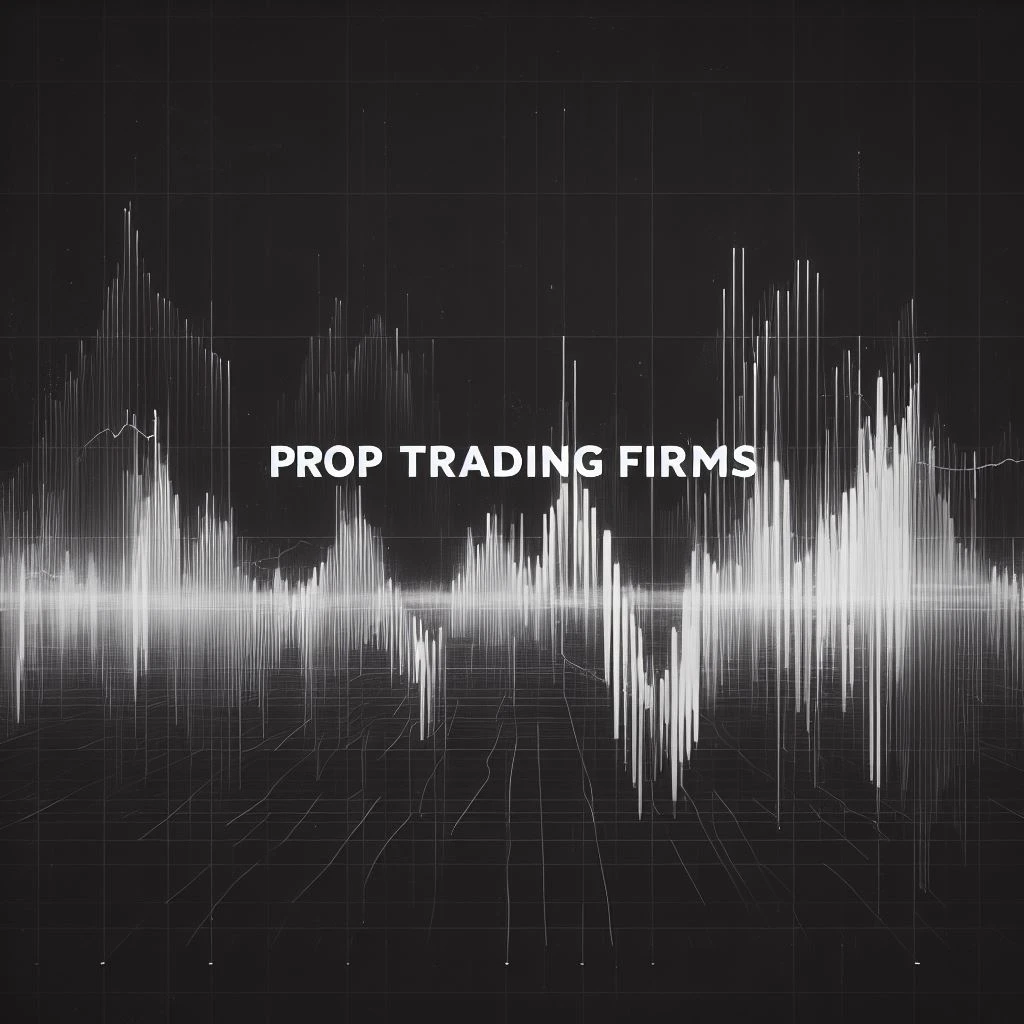Introduction
In the ever-evolving world of finance, understanding the ‘why’ behind investment decisions has always been a golden quest. Enter Neurofinance, a fascinating field at the intersection of neuroscience and finance, which is shedding new light on how our brains process financial information. For financial traders, particularly those in funded trading positions, this isn’t just academic curiosity; it’s a potential game-changer in strategy development and risk management.
What is Neurofinance?
At its core, Neurofinance is the study of how brain activity influences financial decision-making. It’s a relatively new field, born from the realization that traditional economic theories often fell short in explaining irrational financial behaviors. Neurofinance steps in to fill these gaps, leveraging insights from neuroscience to understand why people make the financial choices they do.
The field emerged in the early 21st century, as neuroscientists and economists began to collaborate, using brain-imaging technologies like fMRI (functional Magnetic Resonance Imaging) to observe the brain’s response to financial risk and reward. This collaboration unveiled a complex network of emotions, biases, and cognitive processes influencing our financial decisions, often outside our conscious awareness.
This newfound understanding of the brain’s role in financial decision-making marks a radical departure from traditional economic models that view individuals as rational actors. Instead, neurofinance suggests that our financial choices are deeply intertwined with our psychological makeup. This perspective opens up a wealth of opportunities for financial traders to refine their strategies, by understanding not just the markets, but also the human mind driving those markets.
Neurofinance and Investment Behaviour
When it comes to investment, emotions and psychology play a bigger role than many might expect. Neurofinance delves into this, exploring how our mental state, from overconfidence to fear, can dramatically affect our investment behavior. It explains phenomena like why traders might hold onto losing stocks too long (loss aversion) or why a winning streak can lead to overly risky behavior (overconfidence bias).
This insight is invaluable for funded traders, who can benefit from understanding these biases. By recognizing these patterns in themselves and the market at large, traders can develop strategies that account for psychological factors, potentially leading to more balanced and successful investment decisions.
Neurofinance in Behavioral Finance
Behavioral finance, a field closely related to neurofinance, also seeks to understand the psychological influences on financial behavior. However, neurofinance takes this a step further by using actual brain imaging and physiological data to explain why these biases occur.
For example, neurofinance studies have shown that different parts of the brain are activated when we face uncertain financial choices, shedding light on why people react differently to risk. This deeper understanding of the brain’s mechanics offers a more nuanced view of financial decision-making, allowing for more sophisticated approaches to managing investments and risks.
Behavioral Economics and Neurofinance
Behavioral economics and neurofinance share a common goal: to better understand the human element in financial decision-making. While behavioral economics challenges the notion of the ‘rational actor’ in economic theory, neurofinance provides the biological evidence to back it up.
For instance, neurofinance studies demonstrate how dopamine levels in the brain can influence risk-taking behavior, offering a biological explanation for trends observed in behavioral economics. This synergy between the two fields is providing traders with a more comprehensive understanding of market dynamics, beyond just numbers and trends.
Neurofinance Example
A classic example of neurofinance trade in action is the study of risk aversion. Brain imaging studies have shown that the prospect of financial loss activates the same regions of the brain that respond to physical pain. This biological insight helps explain why some traders are more risk-averse than others, and why market downturns can trigger widespread panic selling.
Conclusion
Neurofinance is revolutionizing our understanding of the financial world, offering insights that go beyond traditional models. For funded traders, this means an opportunity to develop more sophisticated strategies that take into account not just market trends, but the human psychology driving those trends. As we continue to uncover the mysteries of the brain, the potential for neurofinance to enhance our financial decision-making is immense, promising a future where we trade smarter, not just harder.










